Hello, well-wishers!! It’s me, AFIF AL TAMIM. Today I will discuss the textile industry. Stay tuned.
What is the textile industry?
The design, manufacture, and distribution of fabric and clothing are handled by the textile industry, which is a vital component of international trade. Its history dates back thousands of years, starting with handcrafted textiles and developing into a vast industry propelled by global trade, innovation, and sustainability. This article examines the various aspects of the textile industry and its function in contemporary society.
Major Components of the Textile Industry
Raw materials:
These are divided into three categories—natural (such as cotton, wool, and silk), synthetic (such as polyester and nylon), and semi-synthetic (such as rayon) fibers—are the cornerstone of the textile business. To create textiles, these materials go through a rigorous processing process.
Methods of Production:
- Spinning: Making yarn out of fibers is called spinning.
- Knitting and weaving: These methods for turning yarn into fabric.
- Dyeing and Printing: Adding colors, patterns, or designs to textiles is known as dying and printing.
- Finishing: Improving the softness or water resistance of the fabric.
Sections:
- Apparel textiles: includes apparel and fashion items.
- Home textiles: Includes items such as rugs, bed linens, and curtains.
- Technical textiles: These materials are used for practical purposes in sectors such as building, automotive, and healthcare.
Cultural and Economic Importance
The textile industry, which employs millions of people globally, is a vital economic sector. While France and Italy are renowned for their luxury and fashion textiles, China, India, and Bangladesh are important producers of textiles. Through artisanal craftsmanship, regional patterns, and traditional clothing, textiles have an impact on cultural identity that goes beyond economics.
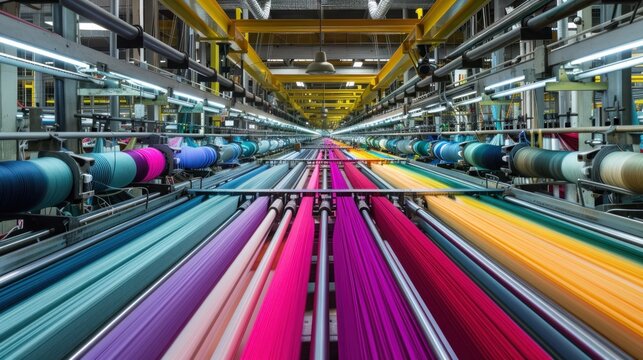
Obstacles in the Textile Industry
- Sustainability: From water-intensive cotton farming to pollution from synthetic fibers, the textile industry has a substantial negative influence on the environment. Sustainable approaches, such as recycling materials and employing organic fibers, are being adopted.
- Labor Practices: With demands for fair pay and better working conditions in industrial centers, ethical labor practices are becoming a bigger issue.
- Global Competition: Conventional textile companies are under pressure to innovate due to the rise of automation and shifting consumer tastes.
The Textile Industry’s Future
Technological developments like biofabrication, smart textiles, and 3D weaving are all part of the future of the textile industry. Its environmental initiatives will also be shaped by the drive for circular economy models, which decrease waste and repurpose materials.
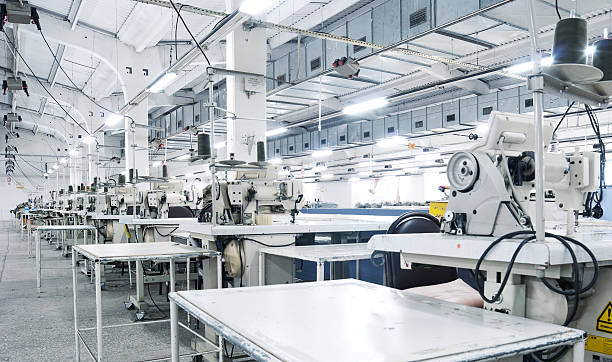
Conclusion
Beyond fabric and fashion, the textile industry is a vibrant, diverse sector that shapes cultural expressions and propels economies. As it develops, overcoming obstacles and utilizing innovation will be essential to guaranteeing its continued relevance and viability in the contemporary world.
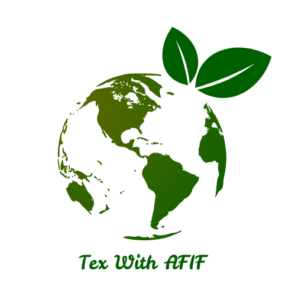

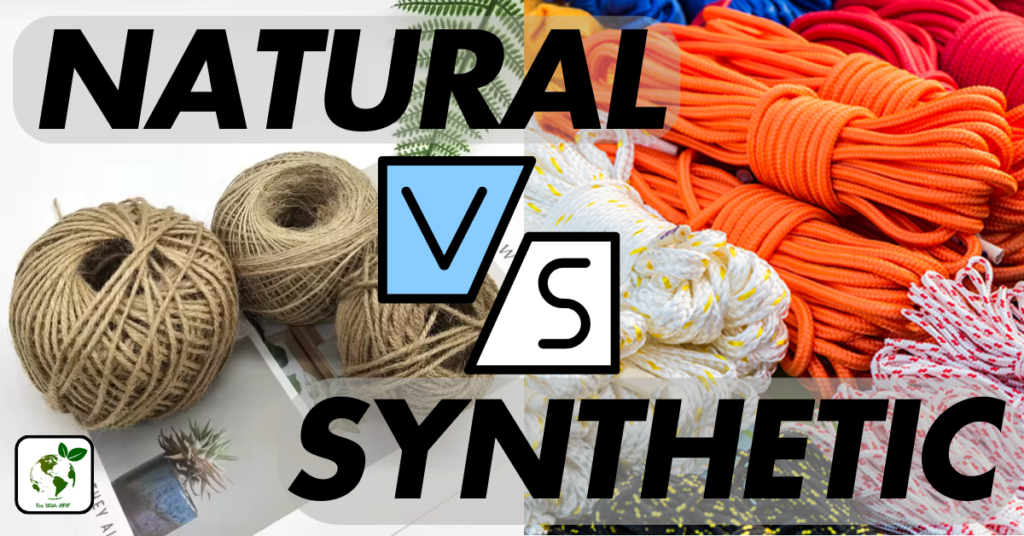
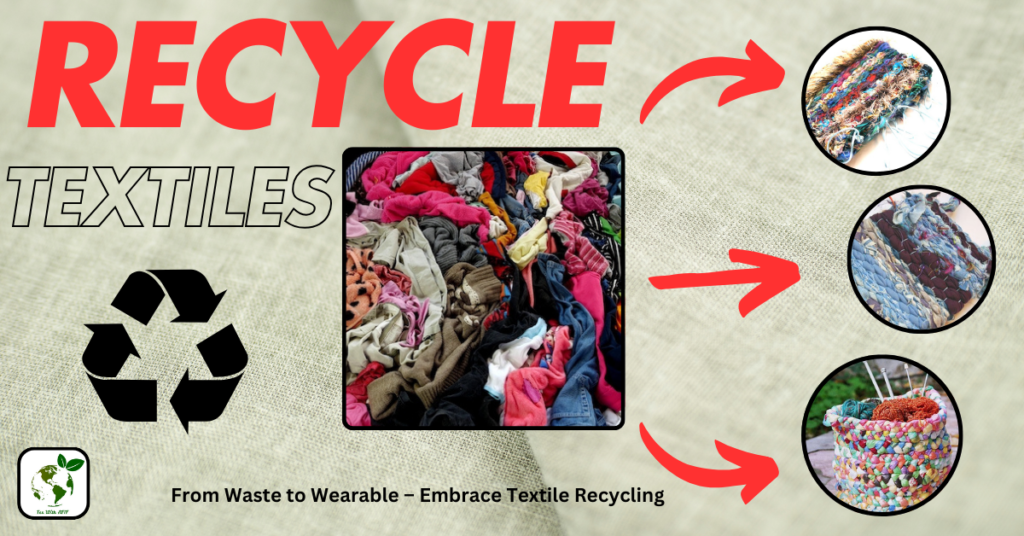
Pingback: How is Bamboo Fiber Fabric made? 2025